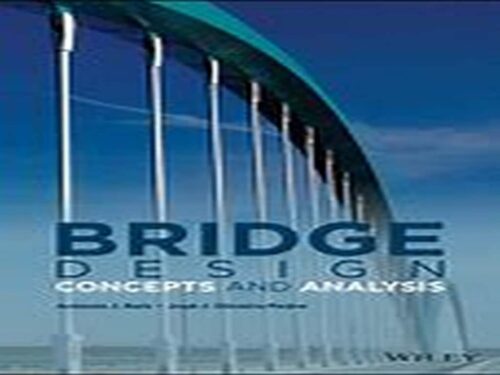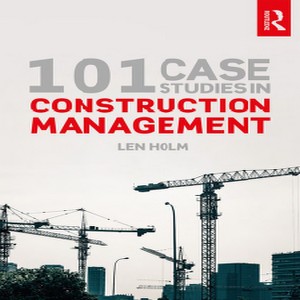Description
How to read skyscrapers: A crash course in high-rise architecture
by
The ultimate field guide to the icon of modern architecture – the skyscraper – in a handy format small enough to fit in a back pocket while providing serious information.
The scope of How to read skyscrapers is deliberately broad, with a thematic first section that describes the skyscraper’s historical evolution from antecedents rooted in the very human desire for a commanding height, and then a geographical second section.
How to read skyscrapers: Conceptual chapters introduce advancements in engineering and materials that permitted the first “tall” buildings to rise at the end of the 19th century and explore the skyscraper’s role in fuelling our imaginations through different modes of cultural expression.
This detailed yet compact guide-How to read skyscrapers to understanding skyscrapers — from the earliest steel-framed Chicago high-rises to the most recent Manhattan super-tall condominium —
is the latest addition to the highly successful How to Read… series.
With a very accessible price point, it will appeal to all readers who want to know more about and better understand these iconic structures that transform the built environment.
Filled with detailed drawings, plans, and photographs, this is both a fascinating architectural history and an effective I-spy guide — a must-read for anyone with an interest in architecture, design, engineering, and urbanism in general.






Reviews
There are no reviews yet.